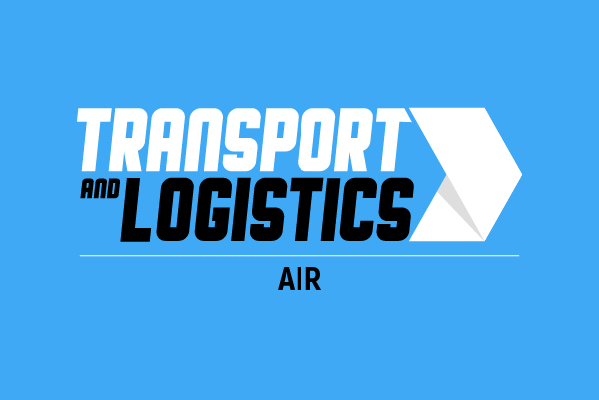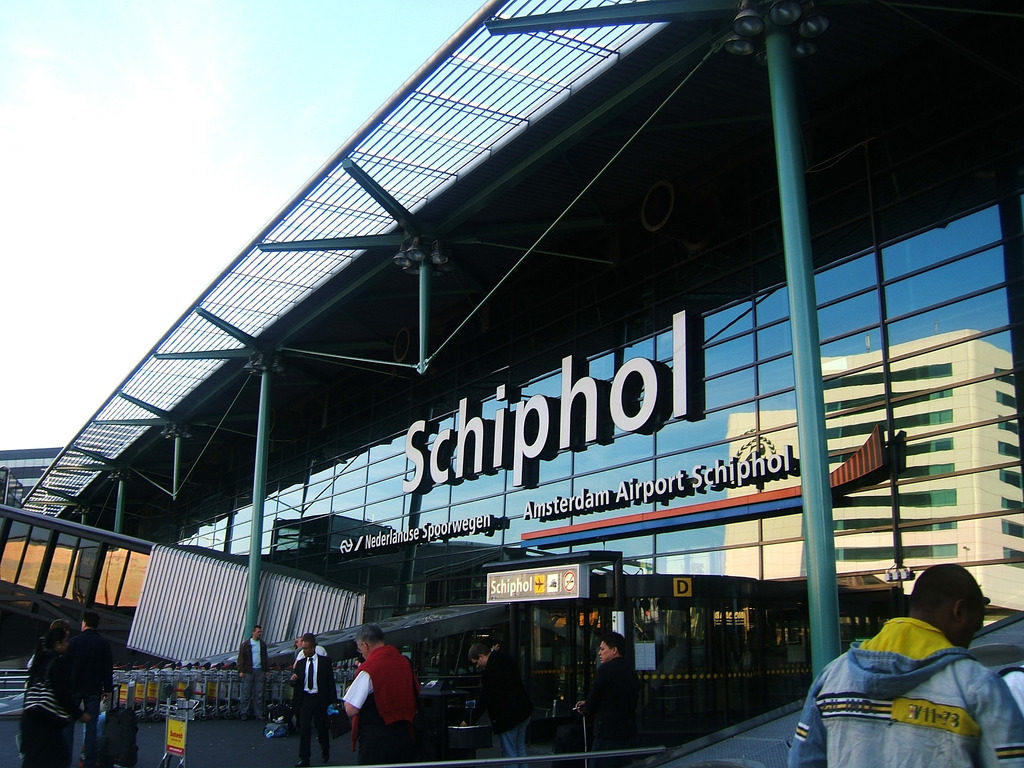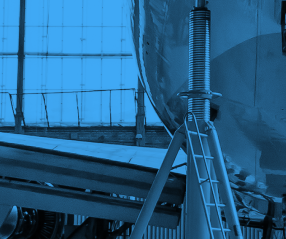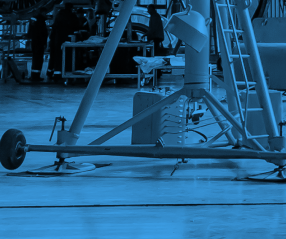Twenty transport organisations and knowledge institutions across the Netherlands have collaborated to accelerate already existing developments in the hope of making aviation a more sustainable mode of transport.
Under the Dutch Smart & Sustainable Plan, the aim of the establishments is to dramatically reduce CO2 emissions from Dutch Civil Aviation by at least 35% by 2030. The ambitious plan has been presented to Minister Van Nieuwenhuizen, of Infrastructure and Water, and has been declared entirely achievable.
The action plan would see the Netherlands become the smartest and most sustainable airline user across the world, and serves as an action plan for climate change reversing.
By implementing what is being called the Smart & Sustainable Plan, airlines can take more direct routes to destinations and increase efficient use of fuel, meaning less CO2 is released into the atmosphere. Current routes are not always environmentally friendly and can lead to a lack of efficiency, which in turn secretes large amounts CO2 into the air, which has been deemed largely unnecessary and increasingly dangerous.
The Amsterdam Airport Schiphol, the main international airport of the Netherlands located 9 km Southwest of Amsterdam, intends to implement airport changes from 2019-22, this is partly on the basis of improving climate impact. The airline is set to pay less for the usage of cleaner, quieter aircrafts and more for noisier, more pollution causing aircrafts.
New implementations will also include the usage of Kerosene-based fuels, a more sustainable alternative to the previously used fuels which are one of the world’s major CO2 causing problems. These sustainable biojet fuels are comprised from raw materials that do not deposit threats to the environment.
Already the Netherlands benefit from a customer-centric, sustainable, and fast transport system around the country, with trains on many routes being used as an alternative to air transport as they can provide customers with journeys that stem up to 700 km.
The Amsterdam Airport Schiphol is already running on electricity generated entirely by Dutch wind in an effort to increase energy efficiency. The company is also using LED lighting, phasing out gas by using heat and cold storage instead of more traditional methods, and tracking commuting to ensure people are using travel responsibly.
With so much already being implemented in terms of environmental aspects, the Netherlands are a force to be reckoned with in terms of a sustainable future, as they are lead the way in providing sustainable aviation.














